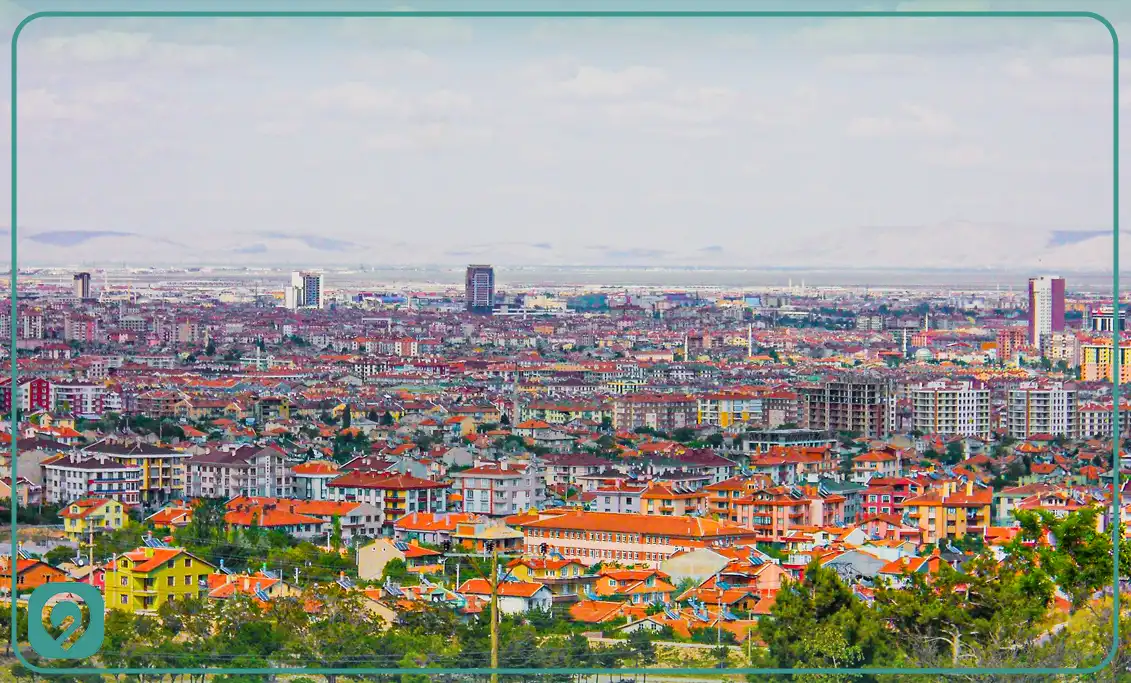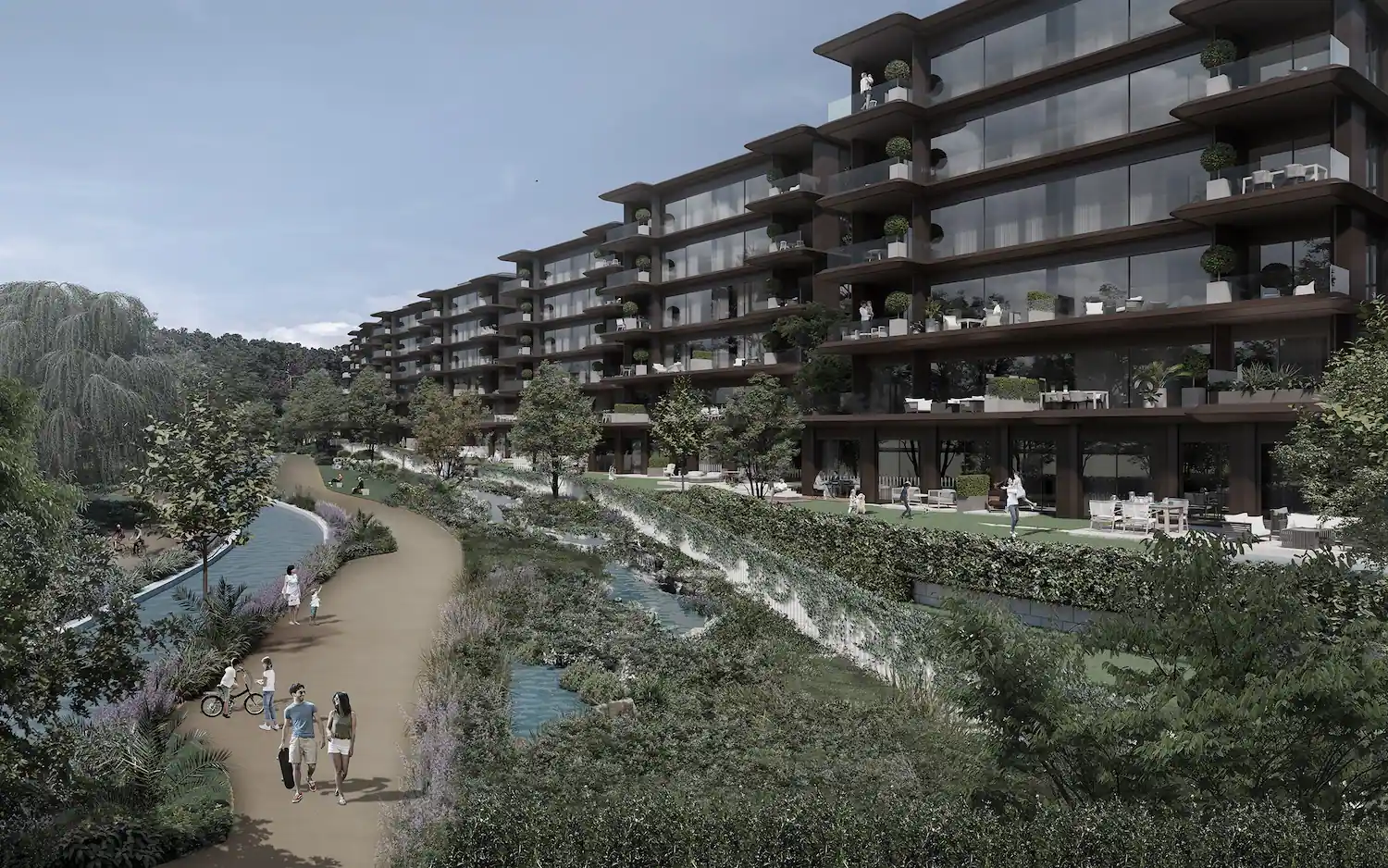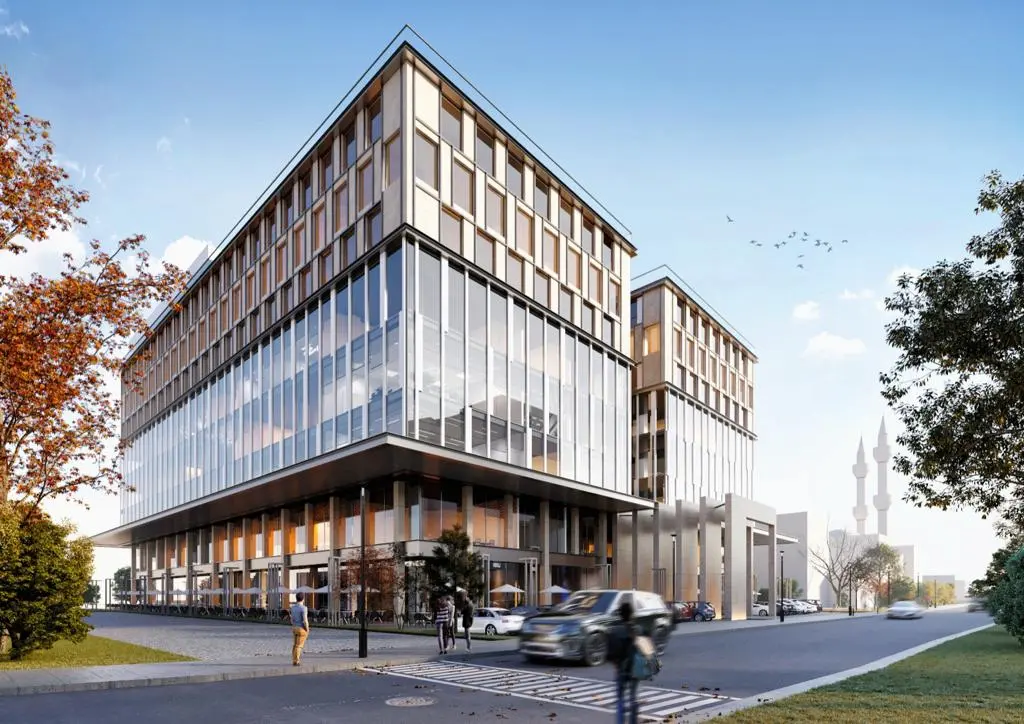Konya City in Turkey: A Traveler's Guide
Konya is a city located in the central Anatolian region of Turkey, known for its rich history, cultural significance, and breathtaking attractions.

Konya is a city in the central Anatolian region of Turkey, known for its rich history, cultural significance, and breathtaking attractions. It was the capital of the Seljuk Empire and the center of Sufism, which is why the city is famous for its religious and cultural heritage. From historical landmarks to cultural events and local cuisine, Konya has something to offer everyone. This article will explore Konya in detail, from its history and culture to its famous attractions and hidden gems.
History of Konya
Konya's long and fascinating history dates back to the ancient Hittites, who settled in the region during the second millennium BC. Various empires, such as the Persians, Greeks, Romans, and Byzantines, subsequently ruled the city. Finally, in the 12th century, Konya became the capital of the Seljuk Empire, which built many grand buildings and monuments, including the Alaeddin Mosque, the Karatay Medrese, and the Ince Minaret Medrese.
Culture of Konya City
The culture of Konya is deeply rooted in its Islamic and Sufi traditions. The city is famous for its Mevlevi Order, also known as the Whirling Dervishes, who perform a mystical dance known as the Sema. The Sema is a form of prayer and meditation that involves spinning around in circles while listening to spiritual music. The Mevlevi Order was founded in Konya in the 13th century by the poet and mystic Jalal al-Din Rumi, who was buried in the city. The Mevlevi Museum in Konya is dedicated to the history and traditions of the order and is a popular tourist attraction.
Attractions in Konya
Konya has many magnificent historical sites, museums, and cultural events. The most famous attraction is the Mevlana Museum, dedicated to the life and teachings of Jalal al-Din Rumi, which contains his tomb and a collection of artifacts and exhibits related to the Mevlevi Order. The museum also hosts the annual Whirling Dervish Festival, where visitors can witness the Sema performed by the Mevlevi Order.
The Alaeddin Mosque is another popular attraction in Konya, one of the oldest mosques in Turkey, built in the 12th century with stunning Seljuk-style architecture. The Karatay Medrese is a Seljuk-era theological school turned into a museum of ceramics and tiles, showcasing the rich artistry and craftsmanship of the period. For those interested in the city's history and archaeology, the Konya Archaeological Museum contains an extensive collection of artifacts from the Hittite, Roman, Byzantine, and Ottoman periods.
Culture and Festivals
Konya hosts several yearly cultural festivals, celebrating its rich history and religious traditions. The Mevlana Festival, held in December, is the most famous, commemorating the death of Jalal al-Din Rumi and featuring performances of the Sema, as well as concerts, exhibitions, and other cultural events. The International Mystic Music Festival, held in June, is another popular event in Konya, featuring musicians from around the world who specialize in spiritual and mystical music.
Food and Drink in Konya
Konya's culinary tradition is influenced by its history and geography, featuring a variety of meat-based dishes, including kebabs, pilafs, and stews. The city is also famous for its baklava, a traditional Turkish pastry with layers of phyllo dough and honey. Turkish tea and coffee
Population
Konya is the seventh-largest city in Turkey, with a population of around 2.2 million people as of 2021. The city's population has steadily increased, with a growth rate of around 1.5% annually. Most of the population is Muslim, with a significant minority of Alevis, Christians, and Jews.
Geography
Konya is located in the central Anatolian region of Turkey, with an area of around 38,000 square kilometers. The city is on a vast plateau surrounded by mountains, including the Taurus and Bey Mountains to the south and the Konya Plain to the north. The city also has several lakes and rivers, including Lake Tuz and the Seyhan River.
Weather in Konya
In the summer, temperatures in Konya can reach up to 35°C, with very little rainfall. In the winter, the temperature drops below freezing, with occasional snowfall. Therefore, the best time to visit Konya is spring and fall when the weather is mild and pleasant.
Education
Konya is home to several prestigious universities, including Selcuk University, one of Turkey's most prominent universities. The university has faculties in various fields, including engineering, medicine, law, and social sciences. Konya also has several public and private high schools that provide quality education to students.
Transportation
Konya has a well-developed transportation system, including buses, trams, and taxis, making it easy for tourists and locals to get around the city. The city also has an international airport serving domestic and international flights. The airport is approximately 18 kilometers from the city center and provides easy access to other parts of Turkey and the world.
Konya is a city that has a lot to offer visitors, from its rich history and culture to its breathtaking attractions and delicious cuisine. So, whether you are interested in exploring the city's historical sites, witnessing the Sema performed by the Whirling Dervishes, or enjoying the local cuisine, Konya is a must-visit destination in Turkey. With its well-developed transportation system, visitors can easily explore the city and experience all it offers. So, if you plan a trip to Turkey, add Konya to your travel itinerary, and you won't be disappointed.
Jalal al-Din Rumi
Jalal al-Din Rumi, also known as Mawlana Rumi, was a 13th-century Persian poet, scholar, and Sufi mystic. He is considered one of the greatest poets in the Persian language and is known for his works that explore spirituality, love, and humanity.
- Early Life and Education
Rumi was born in Balkh, which is now in modern-day Afghanistan, in 1207. His father, Bahauddin Walad, was a famous theologian and mystic, and his family was well-known in the Islamic world for their knowledge and piety. As a result, Rumi grew up in a religious household and received an excellent education in Islamic jurisprudence, theology, and philosophy.
Religious Awakening and Spiritual Journey
Rumi's life took a dramatic turn when he met the Sufi mystic Shams al-Din Tabrizi in 1244. Shams al-Din was a wandering dervish who profoundly impacted Rumi's spiritual life, and the two became close friends and spiritual companions. Rumi's spiritual journey took on a new dimension under Shams al-Din's guidance, and he began to experience mystical visions and revelations.
Rumi's poetry reflects his spiritual awakening and the influence of Shams al-Din on his life. His works are characterized by their deep spirituality, emotional intensity, and themes of love and devotion.
- Legacy and Impact
Rumi's poetry has had a profound impact on literature and spirituality around the world. His works have been translated into many languages, and his poetry continues to be read and studied today.
Rumi's influence on Islamic spirituality and mysticism is also significant. He is considered one of the great Sufi masters and is revered by Sufi orders worldwide. Rumi's teachings emphasize the importance of love, compassion, and the pursuit of inner truth as the path to spiritual enlightenment.
Jalal al-Din Rumi was a visionary poet, scholar, and Sufi mystic who left an indelible mark on Islamic spirituality and world literature. His works inspire and guide readers today, conveying hope, love, and spiritual transformation. In addition, Rumi's legacy serves as a reminder of the power of poetry to transcend boundaries and connect people across cultures and generations.
The most famous places in Konya
- Mevlana Museum (Mevlana Müzesi): The Mevlana Museum, also known as the Green Mausoleum, is the final resting place of Jalal al-Din Rumi, also known as Mevlana. Rumi was a famous Sufi poet and philosopher who lived in Konya in the 13th century. The museum contains Rumi's tomb and exhibits his works, manuscripts, and artifacts.
- Alaaddin Mosque (Alaaddin Camii): The Alaaddin Mosque is one of Konya's oldest and most significant mosques. The mosque was built in the 13th century and is on top of a hill overlooking the city. The mosque's unique architecture is a popular destination for visitors interested in Islamic art and history.
- Karatay Medrese: The Karatay Medrese is a 13th-century theological school in the city center. The medrese is known for its beautiful work, considered one of the finest examples of Seljuk tile art worldwide. The medrese now houses the Konya Tile Museum, which displays a collection of Seljuk and Ottoman tiles, ceramics, and other artifacts.
- Ince Minaret Medrese: The Ince Minaret Medrese is another 13th-century theological school in Konya.
- Selimiye Mosque (Selimiye Camii): The Selimiye Mosque is a 16th-century mosque located in the city center. The mosque is known for its impressive architecture, a large dome, and intricate tilework. The mosque is also home to a beautiful garden, a popular destination for locals and tourists alike.
- Sille Village: Sille Village is a historic village located on the outskirts of Konya. The village is known for its ancient Greek ruins, including a Roman aqueduct and traditional Ottoman-style houses and churches. The village is a popular destination for visitors interested in history and architecture.
- Konya Archaeological Museum (Konya Arkeoloji Müzesi): The Konya Archaeological Museum is a city-center museum displaying a collection of artifacts from the ancient civilizations in the region. The museum's exhibits include pottery, coins, and other artifacts from the Hittite, Phrygian, and Roman periods.
The Seljuk Tower in Konya
The Seljuk Tower, known as the Kule Site, is an ancient tower in Konya, Turkey. The tower dates back to the Seljuk period and is considered one of Konya's most important historical sites.
The Seljuk Tower was built in the 12th century during the reign of the Seljuk Sultanate of Rum. The tower was originally part of a larger complex, including a palace, mosque, and other structures. The tower was used for defensive purposes and provided a strategic vantage point for the Seljuk soldiers.
The tower is made of stone and stands at the height of approximately 25 meters. The tower is cylindrical and has three levels, each with small windows for observation and defense. The tower also has a crenelated parapet at the top, used for archers to shoot arrows at approaching enemies.
In addition to its defensive function, the Seljuk Tower also symbolized Seljuk's power and authority. The tower was decorated with intricate geometric patterns and Kufic inscriptions, which are still visible today.
The Seljuk Tower underwent several renovations and repairs, including a major restoration project in the 1970s. Today, the tower is open to visitors who can climb to the top and enjoy panoramic views of Konya.
The Seljuk Tower is an important reminder of Konya's rich cultural and historical heritage. The tower's unique architecture and historical significance make it a must-see attraction for visitors to Konya.
Written by: Deal Real Estate
Have Question Or Suggestion ?
Please Share Your Thought, To Make It Real








